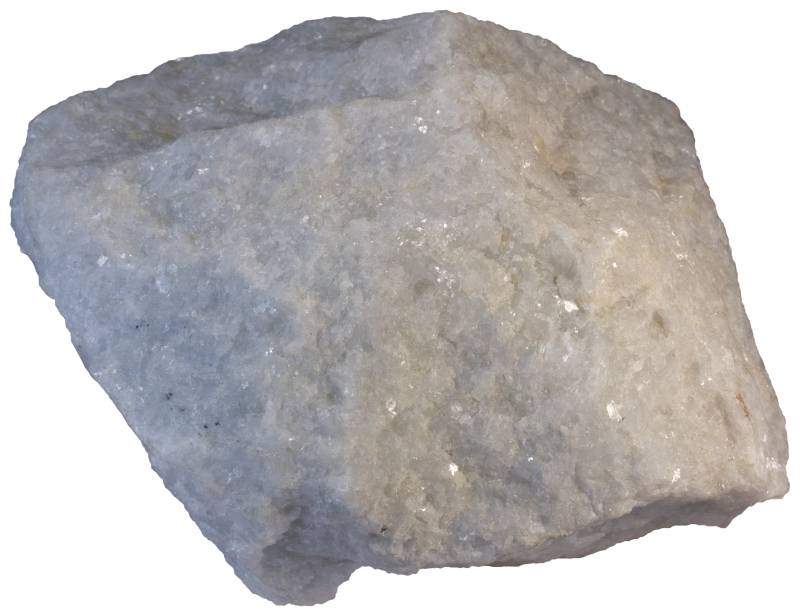The rock on the right has randomly arranged grains.
Marble is a metamorphic rock that forms from.
The rock on the right is foliated.
These minerals can give marble a pink brown gray green or variegated coloration.
A granite b limestone c sandstone d shale e basalt.
Which statement about the rocks is accurate.
These are two metamorphic rocks.
Marble is a rock resulting from metamorphism of sedimentary carbonate rocks most commonly limestone or dolomite rock.
Nonfoliated metamorphic rocks such as marble and quartzite derived their metamorphism more from heat than from directional pressure.
In its pure form marble is a white stone with a crystalline and sugary appearance consisting of calcium carbonate caco 3.
In this hand specimen of vermont marble the crystals are small.
It is composed primarily of the mineral calcite caco 3 and usually contains other minerals such as clay minerals micas quartz pyrite iron oxides and graphite.
1 marble is a metamorphic rock that forms from a protolith.
Marble is a metamorphic rock formed when limestone is subjected to high pressure or heat.
Metamorphic rock forms from pre existing rock when heat and pressure cause solid state transformations.
Although metamorphic rocks typically form deep in the planet s crust they are often exposed on the surface of the earth.
Marble is a metamorphic rock that forms when limestone is subjected to the heat and pressure of metamorphism.
Marble is made by regional metamorphism of limestone or dolomite rock causing their microscopic grains to combine into larger crystals.
This type of metamorphic rock consists of recrystallized calcite in limestone or dolomite in dolomite rock.
Metamorphic rock can be marble because marble is a form of metamorphic rock which is composed of coarse crystals from parent limestone or dolostone rocks.
Usually marble contains other minerals including quartz graphite pyrite and iron oxides.
Foliations form at right angles to intense directional.
Slate is another common metamorphic rock that forms from shale.
The rock on the left formed from granite.
The resulting marble rock is typically composed of an interlocking mosaic of carbonate crystals.

